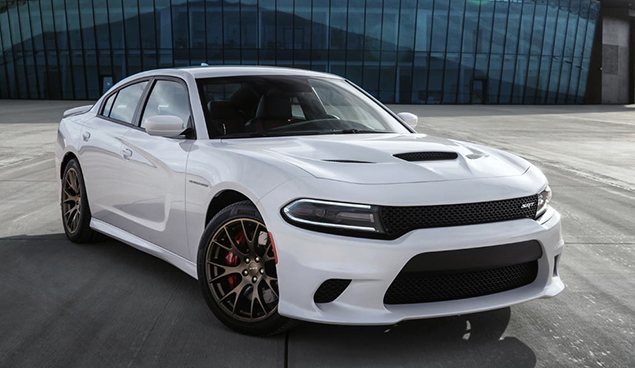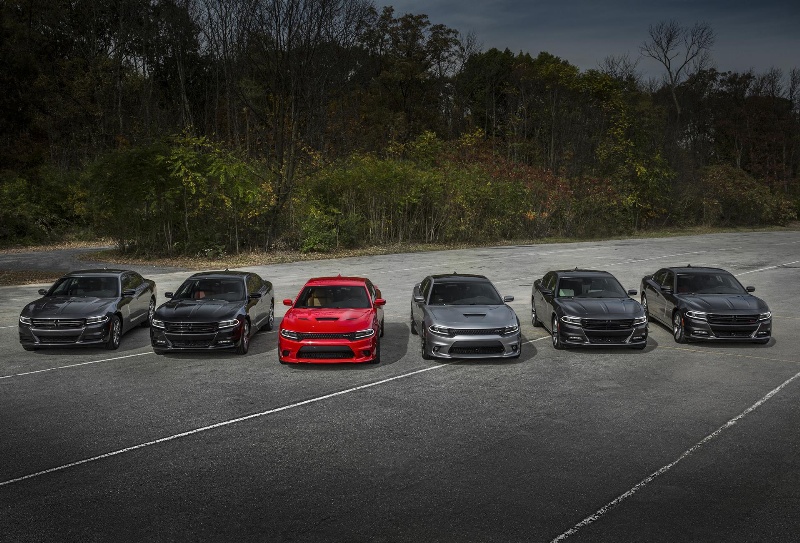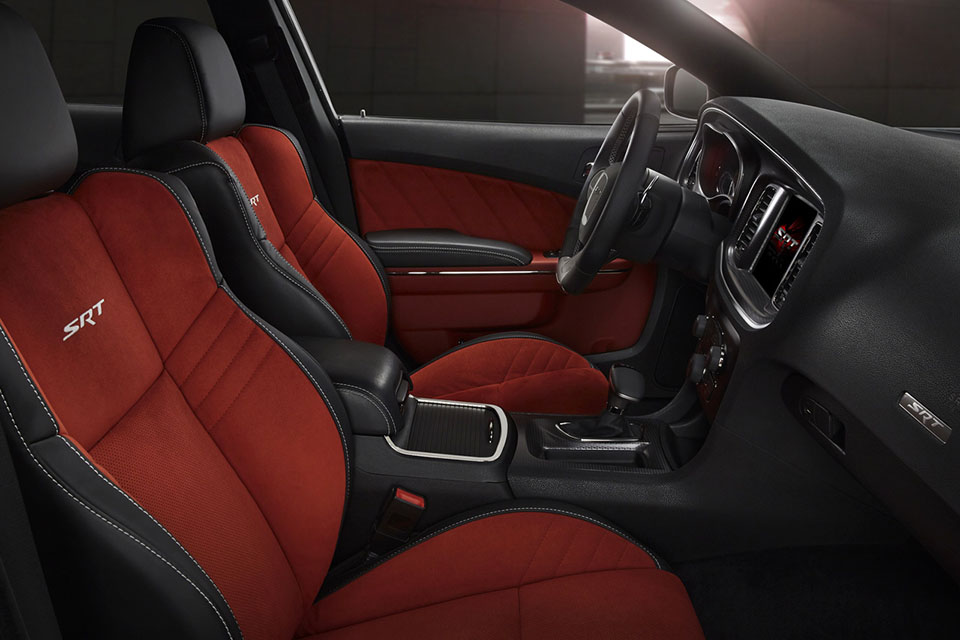 Dodge Supercharged Hellcat V-8
Dodge Supercharged Hellcat V-8
Wish to obtain your own badass car…a 707-horsepower Dodge Charger Hellcat to call your own? We don’t blame you, and you’re not alone.
According to sources at Motor Authority and confirmed by a spokesperson from Chrysler, Dodge has obtained so many orders for its stable of Hellcats that it merely can not stay on par with the consumers need (talk about supply and demand): “Because of unmatched demand for the 2015 Dodge Charger and Challenger SRT Hellcats, we are temporarily restricting orders while we validate existing orders that are in the system”.
Rephrase, if you’re waiting for a Hellcat, your delay is likely to be a lot longer compared to you would certainly like. We have actually reached out to Chrysler to learn for how long it might consider a whole new client to get a new Hellcat, and also we’ll upgrade if and when we hear back.
I’m a BMW i8 guy myself. I just love what they have come up with for 2015, but I have to say if you are looking for something fast and impressive…You have to take a look at this auto in action.
The Most Powerful Sedan Money Can Buy
The 2015 Dodge Supercharged Charger SRT Hellcat. Much like the Challenger Hellcat, this Charger loads an astonishing 707 hp from its supercharged 6.2-liter V-8. It is as absurd as it is functional, many thanks to its two extra doors and comfortable backseat. Yet to find out if this sedan could do greater than leave 2 long stripes of burnt tire rubber for miles, we’ll need to run it through some common set of examinations, including a very hot Lap with Randy Pobst. Does the much talked about Charger Hellcat supply the same magic that we enjoyed in the Challenger? Find out on this video below:
2015 Dodge Charger SRT Hellcat Review
There’s an insuppressible sense of buoyancy among Dodge folks of late. Certainly, it can’t be attributed to the Dart compact or the complete lack of a Dodge-brand entry in the hugely popular mid-size-sedan segment. It’s not even that the Viper sports car has been newly re-Dodged after wearing only an SRT badge in 2013–14. No, the smiles on the faces of the Dodge Boys folks are on account of one special thing, and its name is Hellcat.
By now, you’ve surely heard about Dodge’s prodigious supercharged Hellcat V-8—that it takes 80 horsepower just to run its supercharger, which can suck the air from a 10-by-13-foot room in one minute, and that its fuel injectors can fill a pint glass in six seconds. Oh, and that it produces 707 horsepower and 650 lb-ft of torque, which turn the Dodge Challenger SRT Hellcat from a mere muscle car into a ballistic, five-seat supercar capable of hitting 60 mph in 3.6 seconds and passing the quarter-mile in 11.7 seconds at 126 mph, according to our first test, with a claimed top speed of 199 mph.
Now Dodge plunks that angry mill into the 2015 Charger SRT Hellcat to create the world’s most powerful production sedan. Dodge says it can rocket to 60 mph in 3.7 seconds on its way to an NHRA-certified quarter-mile at 11 seconds flat (on street tires), with a top speed of 204 mph. We have not yet tested those claims with our own equipment, but after our first stint behind the wheel in rural Virginia and West Virginia, including a few hours on-track at Summit Point Motorsports Park, we will verify its ability to create huge grins.
Big, fat, shit-eating grins. While the Charger may be the more, ahem, mature Hellcat, it created the same fits of uncontrollable gasping, giggling, and cursing every time we stabbed the go pedal. Like its two-door sibling, the Charger Hellcat is seriously fast, is no joke at the track, and makes sounds best described as NSFW. Yet the Charger is a friendlier, more approachable creature, thanks in large part to a suspension tuned more for street performance—“touring,” in car speak—than for track-day or drag-strip craziness.
“The philosophy is a little bit different,” said Russ Ruedisueli, head of engineering for SRT. “On the Challenger, we wanted the car to be sprung a little bit stiffer, there to be a little less roll. On the Charger, there’s more of an emphasis on ride. It’s not to say that you’ll be embarrassed out on the track, you know, but it’s not a ‘track car.’ ” Specifically, the springs and shocks are softer, the anti-roll bars aren’t quite as thick, and the amount of slip allowed by the traction and stability control is recalibrated. These changes make allowance for the four-door’s longer wheelbase, stated 4575-pound curb weight (probably close to accurate; our scales said the Challenger weighs 4488 while Dodge claimed 4439), and its 56/44 versus 57/43 weight distribution.
Yet it hardly embarrasses itself on a circuit. After switching all chassis and powertrain settings to “Track,” we tackled Summit Point and immediately got comfortable with the car’s sharp turn-in and tidy, predictable body motions. It always drives big (because, with a wheelbase of 120.4 inches, it is big), but the steering—hydraulically assisted for the Hellcat, versus electric for other Chargers—is talkative and ultimate grip is quite high. Powering hard out of the curves, the rear end breaks away gradually and predictably yet is easily catchable with a bit of opposite lock. Driven smoothly, this is not a scary cat.
For more info click here
For more on autos
Incoming search terms:








